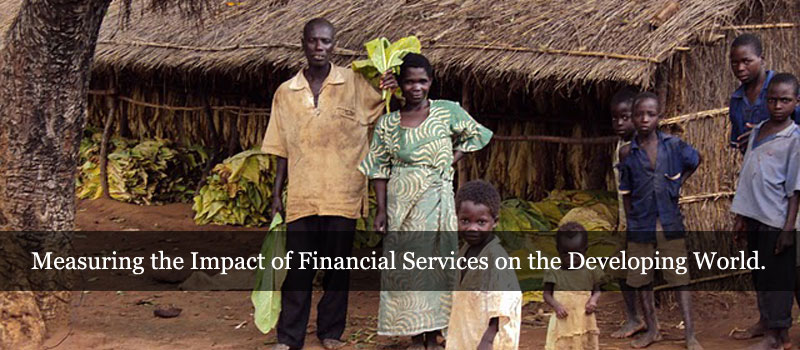Mile wide, inch deep: The Uses of E-Money among Low-Income Kenyans
Less than five years since its 2007 launch, an estimated 13.5 million Kenyans - roughly 70 percent of the adult population - subscribe to M-PESA ("pesa" is Swahili for "money"), that country's remarkably successful mobile phone-enabled money transfer service. A joint venture between leading telecommunications firms Vodafone and Safaricom, M-PESA's initial marketing positioned it as a "send money home" product. One of its first advertisements showed a young man handing in money to an M-PESA agent in an urban setting, followed by a sequence showing a smiling older farmwoman, by implication the young man's mother, receiving a text-message notification on her mobile phone of an incoming remittance.
A new study by Microfinance Opportunities (MFO), using the Financial Diaries methodology, confirms that this early archetype remains the overwhelmingly dominant use of M-PESA. E-money in Kenya is the classic "mile wide, inch deep" phenomenon. The Kenyans in MFOs sample of 53 low-income respondents who reported using it (of 92 total respondents), did so in one specific way. This is partly due to its subscribers' priorities and to the force of habit, but M-PESA's current business model may also be working against its uptake in other market segments.
Respondents in the MFO study reported the purpose of each e-money transaction and each cash transaction (whether it was related to business or to household) and MFO used spatial analysis to calculate the distance (local or long distance) that it travelled (long distance is defined in the study as 20 kilometers or greater). The study then analyzes the respective characteristics of each of the four resultant segments - local household, long-distance household, local business, and longdistance business - along a number of dimensions, including operating costs. The data suggest that for e-money to grow - to become, so to speak, a mile deep as well as a mile wide - e-money providers may find it advisable to experiment with different business models that will facilitate uptake among the business-related market segments.




